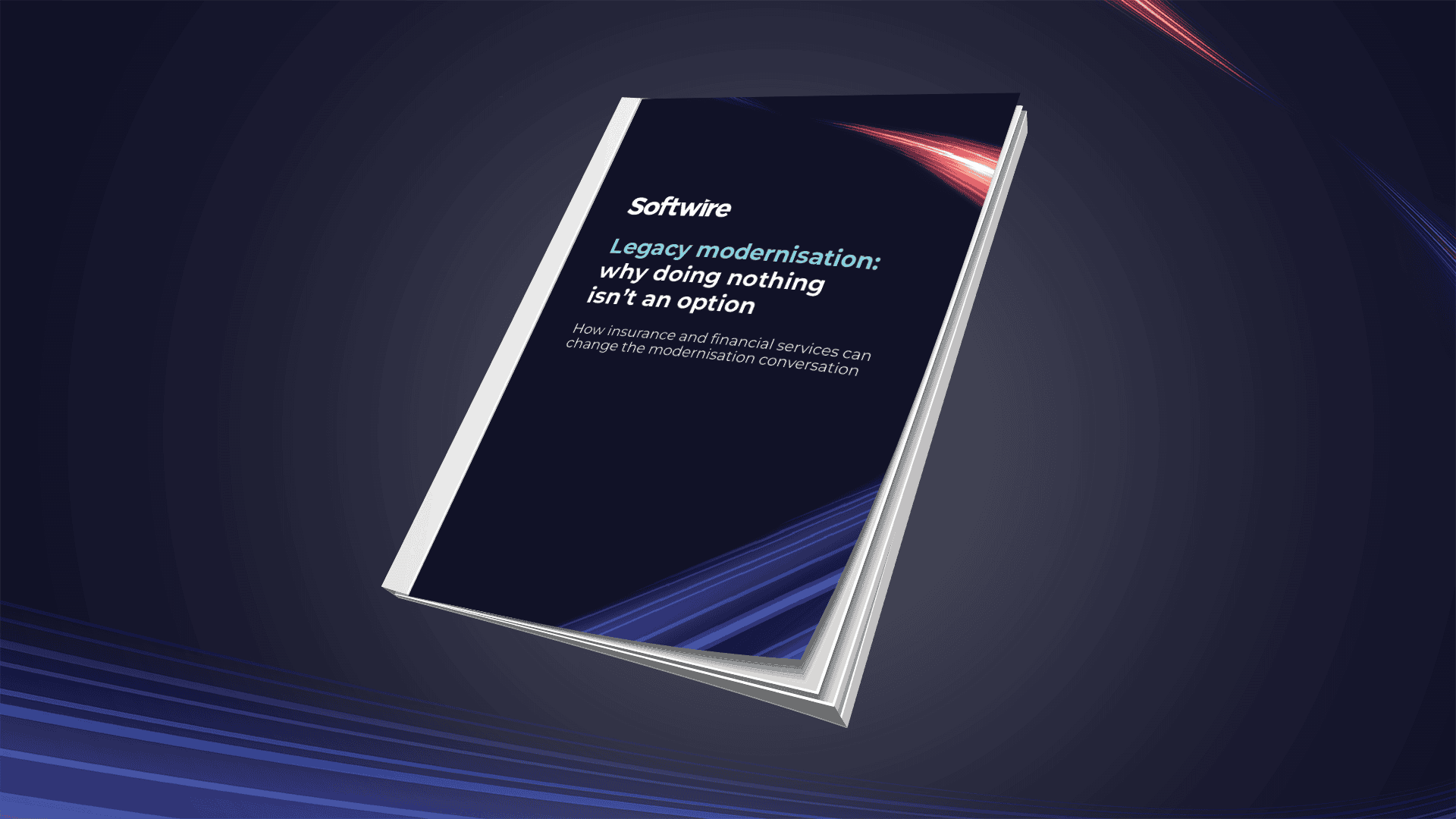
Drawing on insights from projects we’re working on and what our customers and prospects are talking to us about, Yemi Olagbaiye gives the lowdown on what we believe 2018 has in hold for the tech world.
If the first few weeks of this year are anything to go by, 2018 promises to be an interesting year for technology. We’ve already had the fanfare of CES in Las Vegas and news of a vulnerability affecting billions of computers and mobile devices around the world.
What else can we expect over the coming months? We’ve put together a run-down of six tech trends you need to know about this year.
Many of these are about organisations seeking to improve the speed and quality of service they deliver to their customers. It’s easy to understand why: we live in an age where consumers expect instant results, and this year will see organisations across both the public and private sectors pulling out the stops to improve their customer-centricity.
1. Artificial intelligence – used for good
Artificial intelligence (AI) is all around us in various forms – from the spam filters in our email accounts to online image-recognition services and the like. Having proved so successful in these primarily commercial settings, 2018 will be the year when we see AI increasingly used for the good of people, society and the environment.
AI could, for example, be used to analyse enormous volumes of medical data and spot early signs of treatable diseases. Computer algorithms can do this at speeds no human can compete with, meaning more people can be screened more quickly. At the same time, using AI for screening would free up the highly trained healthcare professionals to spend more time treating those who need it most.
2. The rise of the chatbot
Many of us have used chatbots that failed to deal with our queries and left us frustrated. But thanks to developments in AI, we’re seeing genuine and rapid improvements, both to the range and quality of service chatbots can deliver, and to the speed at which they can help resolve customer issues.
On a recent trip abroad, for example, I had a problem with my bank card and was able to get it sorted out , solely using my bank’s AI supported chatbot service.
We’re seeing more and more organisations looking to include chatbots as part of their customer service provision, and our teams have been involved in developing for some big-name brands. Expect to have more bots helping you out over 2018.
3. More security breaches, particularly in the IoT
Barely a week seems to go by without news of a major security breach, or some vulnerability that vendors are scrambling to patch. And the bad news is that we’re only going to see more of them during 2018.
With the Internet of Things (IoT) still a relatively new phenomenon, understanding about how to secure these growing networks against different forms of attack . And with businesses racing to get their IoT products and services to market as quickly as possible, lots of kit is being rolled out without fully considering security. It’s why we’ve seen situations where compromised IoT devices have been used for giant distributed denial of service (DDoS) attacks – and warnings of more to come.
Every security incident serves to strengthen the fact that systems need to be built with security as a key consideration. And this brings us to our next trend
4. Security takes centre stage in product development
Increasing awareness of cybersecurity – and the potential implications of a breach – mean it will be given much more prominence throughout the lifecycle of products and services. Right up to C-level, it will be well-and-truly under the microscope.
As something that touches every part of an information system, there will be a growing demand for project, programme and portfolio managers who specialise in running security-conscious projects. This will ensure the right approaches permeate through every part of the development process and cover every element of the system, from the connectivity infrastructure right up to the user interface design.
Having been involved in delivering highly secure systems for the last decade. Expect to see more demand for this kind of all-encompassing security management in 2018.
5. The year of system replatforming
Technology – and customer expectations – are moving at such a rate, that many legacy IT systems no longer enable organisations to respond quickly enough. Many have tried bolting on new features and tweaking things here and there, but technical debt is building up.
At the same time, virtually every industry is being disrupted by new businesses entering the marketplace. Unhindered by decades of legacy technology, these disruptors have shown how easily they can whisk customers away from the established players.
This is why we’ll see lots of organisations biting the bullet and going ahead with major replatforming during 2018. This will enable them to achieve the levels of agility they require to match customers fast-changing demands. Cloud will feature prominently, of course, which brings us nicely to our final trend.
6. Cloud becomes the default location for data
With so many services driven by data, and so many new streams of information flowing into businesses, the question of how to store it is coming more into focus. Expanding capacity on-premises at the rate data volumes are growing isn’t sustainable.
The only feasible solution is to put things in the cloud. However, in certain sectors in particular, there’s a degree of resistance, with concerns over security and data sovereignty. While not every piece of data can be stored in the cloud (regulatory requirements may preclude it, in some cases), when used correctly, cloud storage can in fact be more secure than keeping data on-premises. And there are ways around the data-location challenges, too.
2018 will see increasing numbers of organisations coming round to the view that to make the most of the data available to them, the cloud will need to become their default choice for storage.
What does the year hold for your organisation?
So there you have it – our predictions for 2018. Let us know what you think, and whether your organisation is planning to invest in AI, chatbots, greater security or replatforming this year. How will you be harnessing these opportunities to improve the products and services you provide? And how do you envisage them making you even more customer-centric?
This article was covered in:


